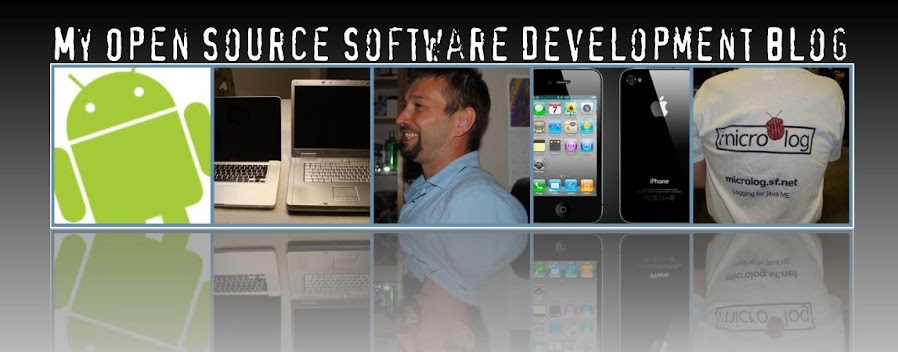Yesterday I was back in business after the holidays. Before the holidays I was convinced that I would have time to do a lot of work on my open source projects. You could guess how wrong I was!
My son wished for a
Nintendo Wii console from Santa. Since he has been a good boy, at least from time to time, he got one. Have you heard about the Wii? The concept is as genius as simple, an accelerometer included in each remote. The accelerometer is used to control the movements on the screen. For example, you could use it as a racket in a game of tennis. For my son that is 6 years old, this is much simpler than using an ordinary remote control. We have one older platform, but that is not used very much. If it used by my son, he uses the buzz buttons. A matter of fact, it makes it easy for the rest of family as well. No need to remember some odd key combination to do a punch. Just do a punch in the air to do a boxing punch on the screen. The funny thing is that by the end of the holidays, the whole family was really hooked on Wii.
For the most part we played the supplied Wii sports, but some other games was played as well. My son spent several hours discovering the Star Wars world in "
LEGO Star Wars The Video Game". The "
LEGO Batman: The Video game" was also played a lot. If you have a kid around the age of 6-10, I could really recommend these games. To be honest, I also liked these games and spent countless hours playing them with my son. When I was alone I played "
Battalion Wars II". This is similar to the
Battlefield games, but without one drop of blood. The graphics is a little bit cartoon like and with a twist of humor, which I appreciate. At first a was a little bit skeptical about the game controls, you use the built-in IR pointer to point at target on the screen. It takes some practice to get used to the IR pointer, but once you get it, it is easy to use. To help you in this game, you have a locking button. When this is pressed, the target is locked. If you are not dead on target, the aim point snaps to the target. I have only played the first couple of parts in the campaign, but so far I like this game.
That is all for now. I hope to be up to speed within a couple of days with my blog, the open source projects etc. If not, I suppose that I will be playing some Wii.
